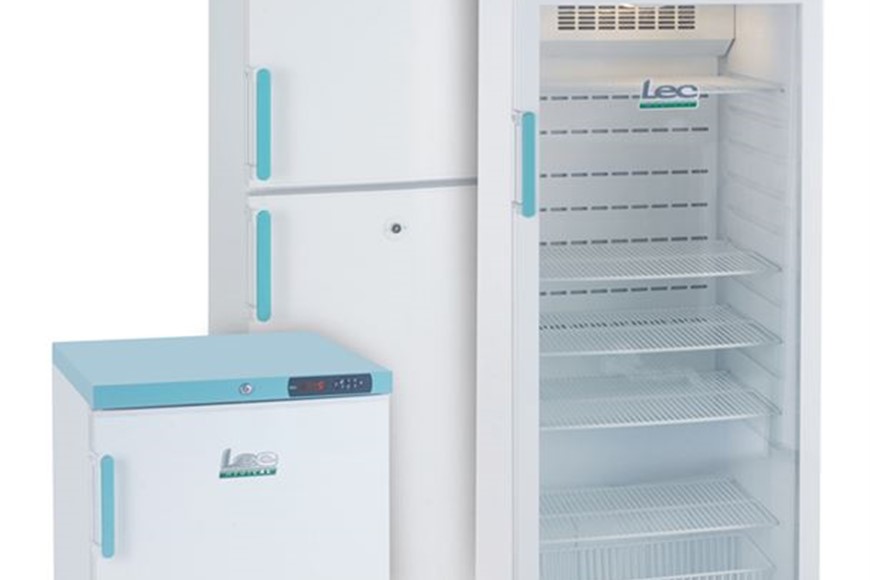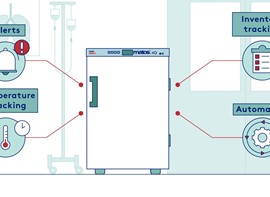Medical vs. Household Refrigerators
When it comes to storing pharmaceuticals such as blood, vaccines and medications, having a medical grade unit is essential. Whilst the idea of using a domestic grade refrigerator can appear to be a more affordable option, use of an inadequate refrigerator or freezer for medical purposes can put your vaccines at risk of becoming ineffective, meaning either thousands of dollars’ worth of vaccines must be thrown out, or patients risk being given vaccines that do not protect them.
Medical grade refrigerators are specifically developed to meet much stricter performance requirements, and are manufactured with higher quality, stronger components than that of a domestic fridge. A domestic fridge will typically last longer due to performing much less work over their lifespan, however they are not suitable for medical use due to their inability to maintain stable temperatures throughout the chamber. This post lays out the fundamental differences between domestic and medical grade fridges, as a brief introduction to considering a medical grade refrigerator.
Temperature Accuracy
As discussed above, temperature fluctuation can destroy vaccine and medication effectiveness, meaning they are no longer fit for purpose. Medical fridges are generally required to stay within a temperature of 2 and 8 degrees Celsius, whilst most domestic fridges fluctuate within a range of 0 to 12 degrees Celsius throughout. Blood and plasma, and mother’s milk particularly, must be stored within even stricter temperature ranges, and medical freezers have varying requirements based upon what they are storing.
In order to maintain a stable temperature, medical fridges feature circulation fans as standard equipment, allowing consistent temperatures when product is spaced evenly throughout the fridge, and rapid pull down of temperature back to normal ranges after the door is opened. A standard domestic fridge will not feature a circulation fan, and therefore temperature will vary from shelf to shelf due to significantly less airflow, meaning even a brief opening of the fridge door will significantly alter the internal fridge temperature.
Specialised Design Features
Unlike domestic fridges, medical fridges are designed with grated shelving to allow for greater airflow and temperature consistency. Glass shelves in comparison, such as what is found in domestic fridges, do not allow for ideal cooling circulation.
Domestic fridges will tend to have a smaller compressor than that of a medical grade fridge. A medical fridge, on the other hand, operates with increased cooling power which allows a significantly faster pull down of temperature within the fridge when the door is opened.
Within a domestic fridge, the evaporator plate is usually placed behind the back-cabinet wall or within a freezer box. Whilst this is not problematic for household use, any vaccines sitting too close to the evaporator may freeze, hence the optimal and specific placement of the evaporator plate, and additional layer of protection, within medical fridges to avoid this.
Medical grade fridges also feature options such as glass doors for faster location of items, key locks for added security, and self-closing doors, and built in temperature recording to a 0.1 degree accuracy.
Monitoring and Alarms
Medical fridges should all have temperature readings visible on the outside of the fridge, allowing accurate monitoring of the fridges’ temperature and performance. All medical fridges are also required to be equipped with audible and visual alarms, which activate when the fridge is out of temperature range or the door is left open.
Monitoring fridge temperature is crucial to ensuring that the fridge is performing and that its contents are safe and protected.
Rollex Medical offers a wide range of temperature and status monitoring solutions for different budgets and requirements, ranging from our MATOS PLUS and ARIA Cloud fridges which self-monitor, to our recently developed MATOS Web Monitoring Kits and everything else in between. For more information on our range of datalogging and real-time temperature monitoring solutions please contact the Sales team today.
UPS Battery Backup
UPS Battery Backup Systems allow peace of mind in the event of a power supply failure. Our UPS battery backup system delivers instant switchover to battery power for up to 8 hours, protecting your valuable equipment in the case of emergency such as blackouts, lightning strike or other power disturbances. For more information on our UPS Battery Backup Systems check out our Product Range available here.
If you are wanting more information regarding refrigeration and/or freezer requirements, or would like to speak to one of our team regarding your specific needs, please do not hesitate to contact us via phoning 1300 880 441 or email sales@rollexmedical.com
Author: Rene Ryall




